There can be your advertisement
300x150
Closing the Summer Season: 10 Important Tasks to Complete in October
We asked an expert how to prepare plants for changing weather and what to do so the plot remains decorative as long as possible
Landscape designer Irina Lukyanova has compiled a checklist of October tasks for dacha owners: check it before your next trip to the plot.
Irina Lukyanova, landscape designer. More than 15 years of creating and implementing greening projects for private and urban territories in Moscow and the Moscow region.
Caring for the Lawn
It is still growing, although not as intensively as in summer, so we continue mowing. However, feeding the lawn is no longer necessary. Suitable fertilizers are potassium and phosphorus-based: they help grass prepare for winter.
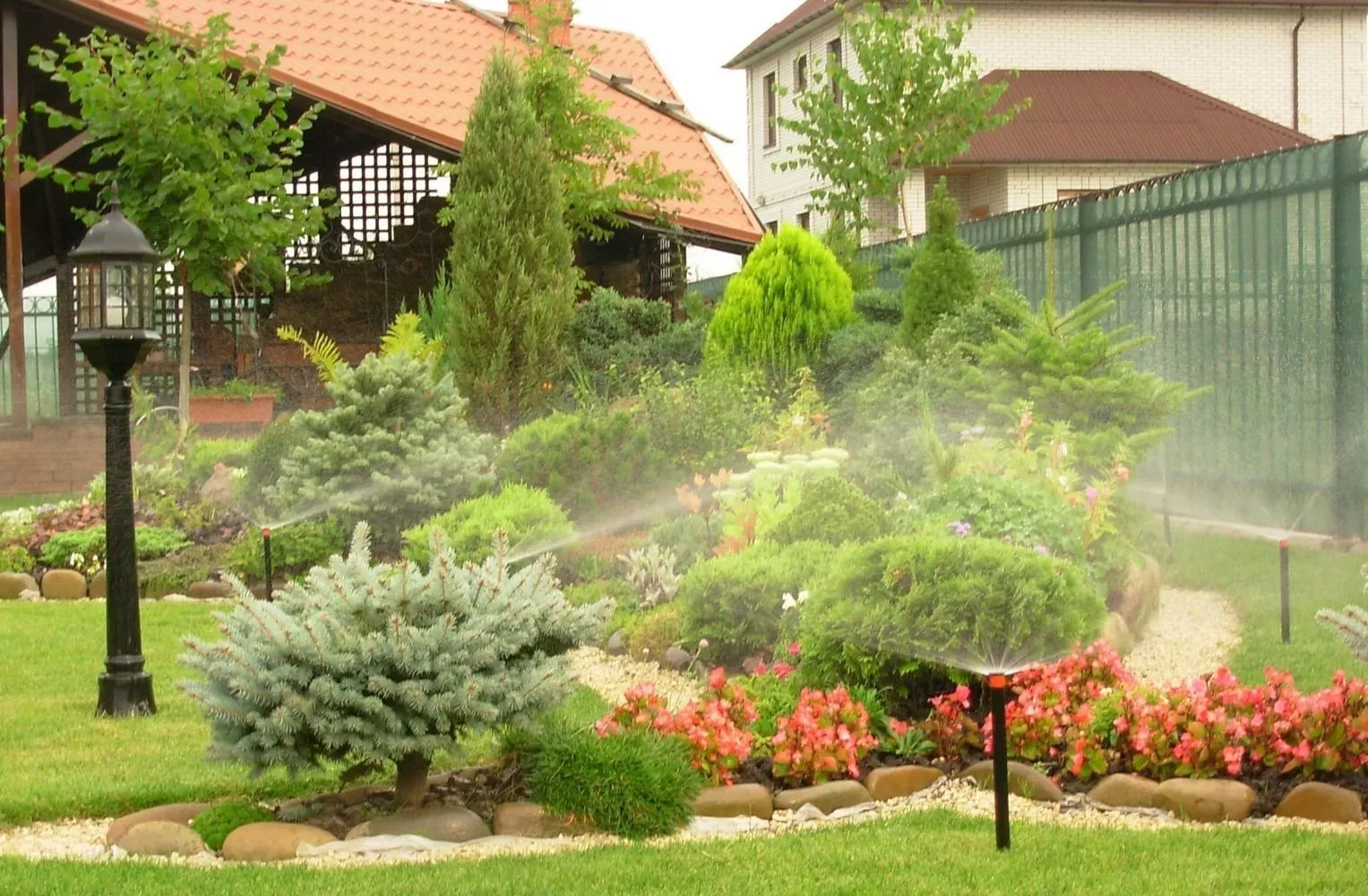 Pinterest
PinterestIf you decide to lay a lawn on the dacha in October, it's better to use a roll version, as it already has a well-formed sod and only needs time to root in. This will take about two weeks, and good weather without frost is required.
With a seeded lawn, you may not have enough time before frost: only two weeks are needed for seed germination, and another two weeks for the seedlings to strengthen.
Start Collecting Leaves
Leaves collected from lawns should be burned or disposed of, as they may still contain fungal spores and insect larvae.
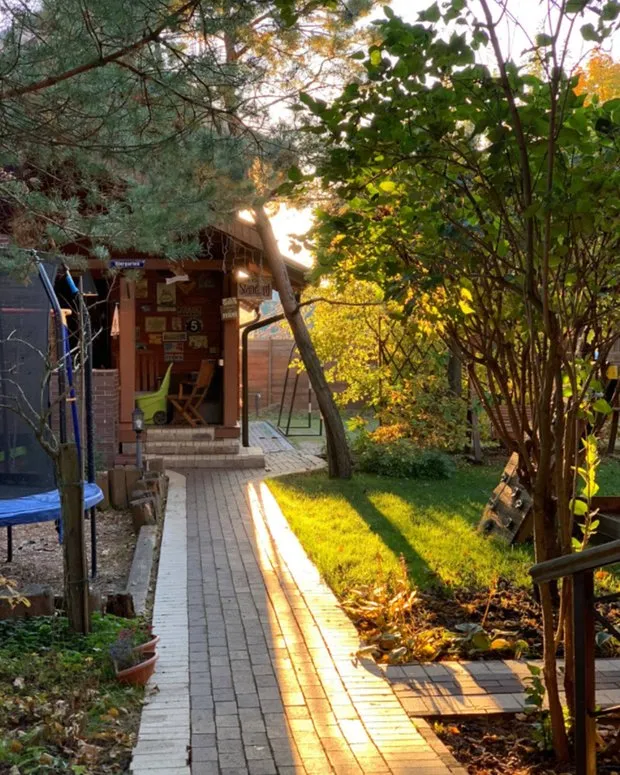 Pinterest
PinterestFertilizing Growing Trees and Shrubs
Nitrogen fertilizers are excluded: nitrogen promotes premature growth of shoots and hinders wood maturation, which can damage trees and shrubs that haven't had time to prepare for winter even with minor frost.
In autumn, plants need higher levels of phosphorus and potassium. These macroelements promote wood maturation, accumulation of substances for winter survival, and a good spring start. They also positively affect root growth and plant resistance to diseases.
I recommend buying ready-made mineral fertilizers labeled “Autumn.” They can be applied in liquid or dry form.
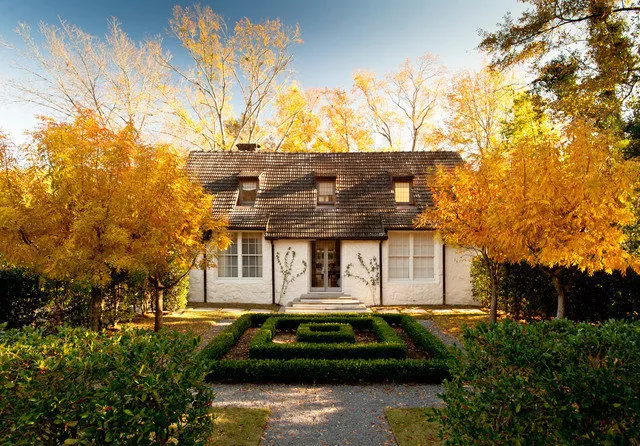 Pinterest
PinterestRe-work the Soil Around Decorative and Fruit Trees
This is done to allow air and moisture penetration into the soil. Additionally, cultivation disrupts overwintering conditions for pests like wood-boring insects, caterpillars, and butterfly pupae. Some of these will be buried deep in the soil during cultivation and won't survive to spring, while others will end up on the surface and die from freezing or be eaten by birds.
It's good to apply fertilizers during soil cultivation.
Arbor Group Companies
Pruning Decorative Trees and Shrubs
- Perform sanitary pruning and remove dead or damaged branches.
- Continue shaping pruning of living hedges and plants in the form of cubes, spheres, spirals, cones, and other shapes.
- Remove faded flower clusters on spiraea (Billardia, Bumalda, Japanese, and others), park roses, and rose hips to maintain a neat appearance of the shrubs.
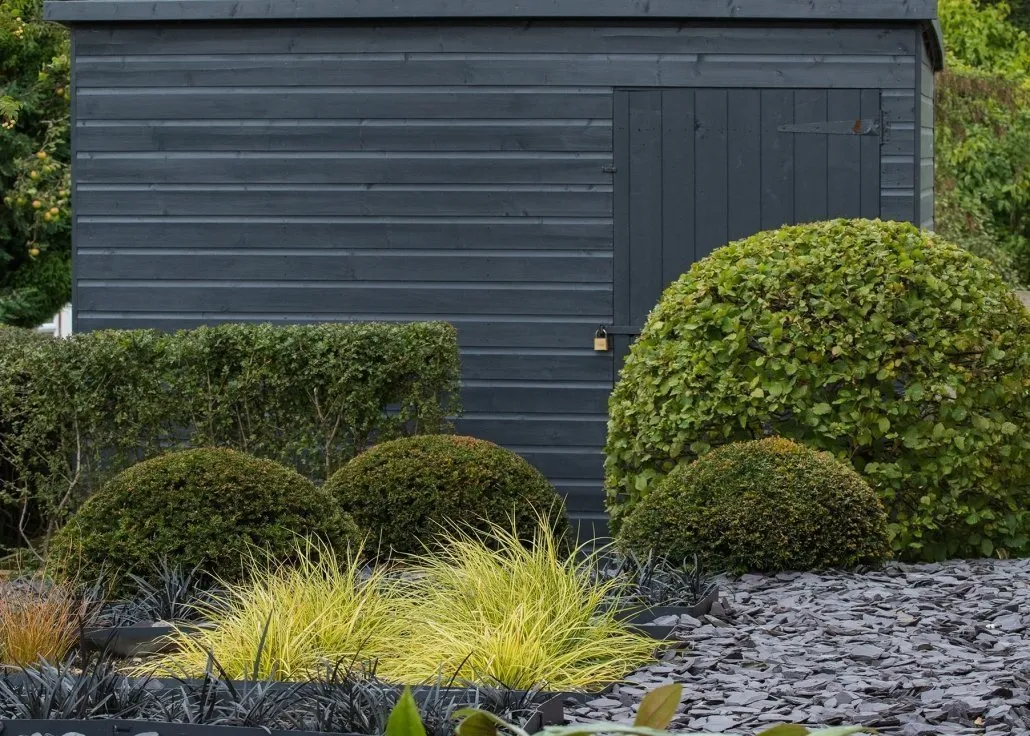 Pinterest
PinterestApply Fungicide Spraying to Trees and Shrubs
If not done in autumn, disease-causing agents can spread throughout the plantings, and trees and shrubs will suffer from diseases in spring.
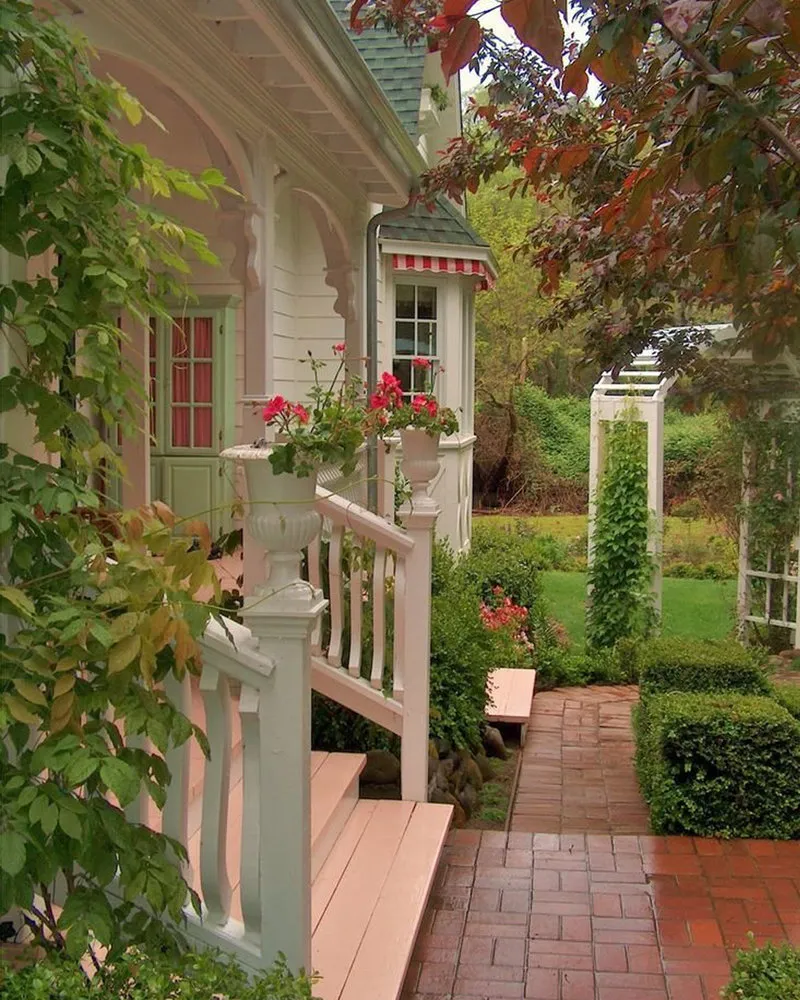 Pinterest
PinterestPreparing Living Hedges from Thuja for Winter
To do this, remove fallen needles that usually accumulate in the center of the living hedge. Treat inside the living hedge with 'Fundazol' or 'Fitosporin' to prevent fungal infections.
 Pinterest
PinterestPlanting Bulbs
In October, you can plant bulbs: narcissus, tulips, hyacinths. Start planting when soil temperature stabilizes at no higher than +10°C. If it's still warm (+15°C or higher), planting bulbs may lead to premature sprouting of the bulbs.
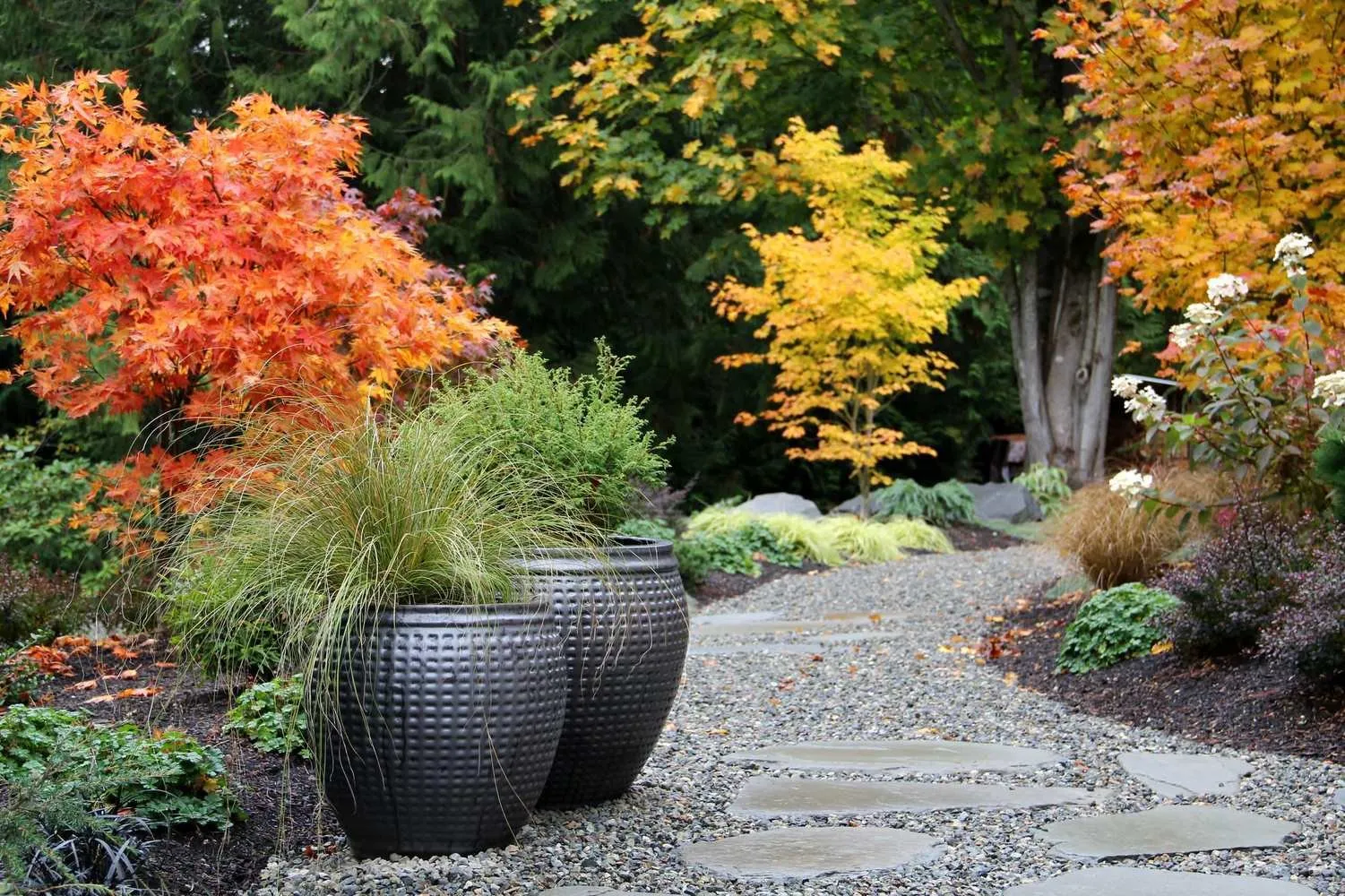 Pinterest
PinterestMoving Indoor Perennials from Outdoor Placement
Geraniums, begonias, ivies, chlorophytum, coleus, ferns, and other perennials that winter well indoors should be moved inside before nighttime temperatures drop below freezing. If containers are heavy, transplant the plants into individual pots and bring them inside.
 Pinterest
PinterestPlanting Trees and Shrubs
Plants brought from European nurseries should ideally be planted at the end of September to allow them to acclimate to our temperature conditions, root well, and survive the winter.
Plants from nurseries are better adapted to our conditions, so they can be planted later.
More articles:
 The Devil's Dozen Small Mistakes in Renovation You Might Have Forgotten
The Devil's Dozen Small Mistakes in Renovation You Might Have Forgotten Preparing a Child for School: Cool Finds from IKEA for September 1st
Preparing a Child for School: Cool Finds from IKEA for September 1st Working Space Like on Pinterest: 5 Ideas for Decoration
Working Space Like on Pinterest: 5 Ideas for Decoration Swedish-style energy saving: 6 ways to reduce electricity consumption
Swedish-style energy saving: 6 ways to reduce electricity consumption What, is it possible? Paying mortgage for a house and living in a cozy garage of 23 sq m
What, is it possible? Paying mortgage for a house and living in a cozy garage of 23 sq m Very Unusual Retro Kitchen with Samovar in a Petrograd Stalin-era Apartment
Very Unusual Retro Kitchen with Samovar in a Petrograd Stalin-era Apartment Cool and vibrant foyer in a small apartment
Cool and vibrant foyer in a small apartment 7 Things in Interior Design That Reveal Bad Taste
7 Things in Interior Design That Reveal Bad Taste